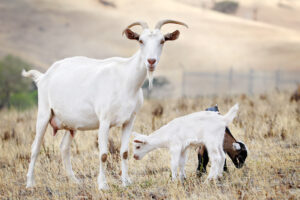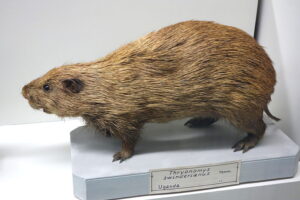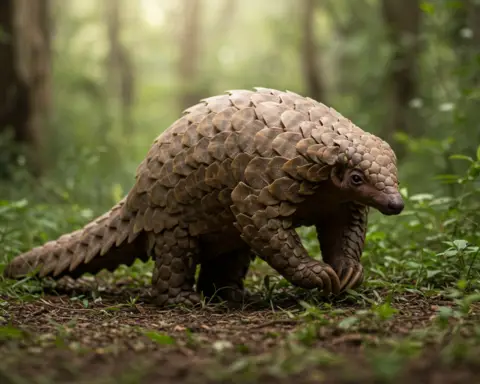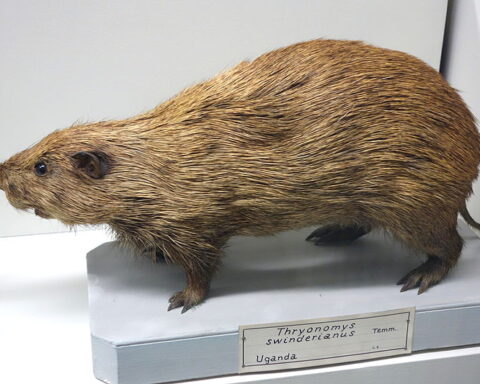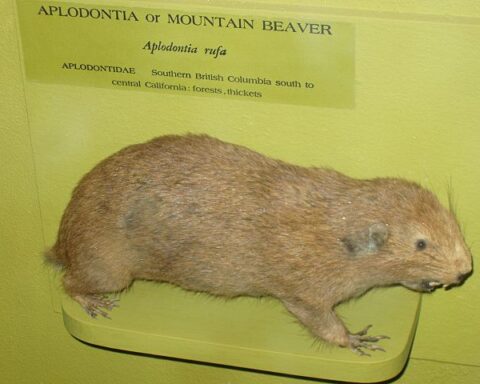Antbirds (Formicariidae) are small to medium-sized songbirds with short, rounded wings, a short or long tail, and a stout or slender bill slightly hooked at the tip, feed on insects on the ground or in trees or thickets; prey is usually gleaned from foliage, although some species also catch flying insects.
What Do Antbirds Eat in the Wild?
The tooth on the bill is used effectively in killing prey, including such arthropods as crickets, bugs, beetles, spiders, centipedes, and woodlice, and sometimes other kinds of invertebrates such as land snails. Larger species of these birds may also eat small frogs, lizards, snakes, mice, and young nestlings. Some species supplement their diet with seeds and small fruits.
The “ant-” prefix of the name of many species derives from the habit of seeking and following foraging swarms of army ants. They do this to snatch up the many arthropods and other small animals flushed by the foraging ants. Some ant-following species are so closely adapted to army ants that they are rarely found far from swarms of these insects. The behavior of antbirds and other species near a foraging swarm of army ants is a thrilling spectacle.
Antbirds themselves are a useful guide to finding ant swarms, because their loud calls and songs betray the presence of the insects. The birds are particularly attracted to swarms of the red army ant (Eciton burchelli) and the smaller black rain ant (Labidus praedator). During their periods of mass foraging, huge numbers of heavily armed army ants are on the move, sometimes in fronts several feet wide, but often in narrower columns. The ground appears to come alive at the front of an advancing column as many small animals and insects run to escape the aggressively foraging ants. Crickets, in particular, may rise up in astonishing numbers. Even larger animals such as lizards, mice, and bird nestlings are potential prey for the swarms of army ants.
When found and killed, the dead prey are cut into pieces by the ants and hauled to the central, staging location of the swarm. Meanwhile, antbirds and other birds pick off some of the smaller prey as they flush into the open. The antbirds commonly hang off a woody shoot close to the ground or from a low vine, or perch upon a stump, waiting for the flushing of prey.
For some species, the local presence of one or more army-ant swarms is a crucial attribute of habitat quality, which may be vigorously defended against intruders of the same or other species.
Outside the breeding season, antdependent species may be nomadic to some degree, seeking active swarms of army ants. Dominant individuals, particularly adult males and owners of nearby territories, often drive off juvenile birds of their species. During the breeding season, antbird pairs usually restrict themselves to ant swarms that pass near their nest.
A behavior known as anting, or the rubbing of live ants into the plumage, has been observed in antbirds as well as other birds, likely serving to kill skin parasites by releasing the formic acid of the ants.
Resources
Books BirdLife International. Threatened Birds of the World. Barcelona, Spain, and Cambridge, UK: Lynx Edicions and BirdLife International, 2000.
Ridgely, R. S., and G. Tudor. The Birds of South America. Vol. II, The Suboscine Passerines. Austin: University of Texas Press. 1994. Organizations BirdLife International. Wellbrook Court, Girton Road, Cambridge, Cambridgeshire CB3 0NA United Kingdom

